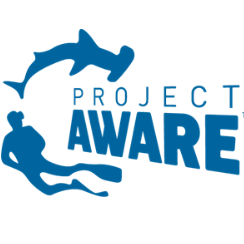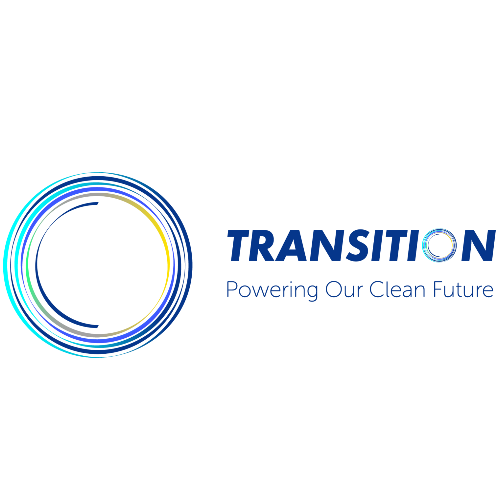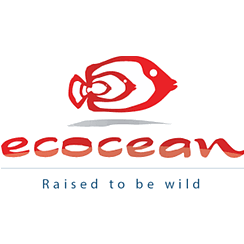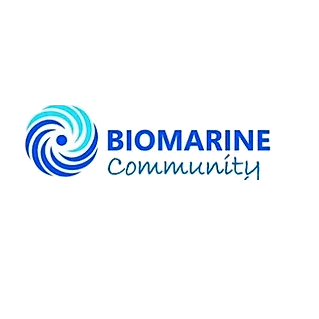The oceans are an endless source of discoveries that can lead scientists to improve our lives and planet without harming life itself.
An example of this vast source of discoveries is the recent and largest study on individual cells published by scientists at Maine's Bigelow Laboratory for Ocean Sciences (2019). In this study, researchers investigated the genetic material of 12.000 microbes from samples that represented about two-thirds of the oceans. They concluded that no two cells were the same - each one was unique.
A similar yet smaller survey made by the same researchers within a different ocean area observed that some of the microbes' genetic material was identical with the ones from the previous study. This shows how mixed microbial life is, worldwide. Little is still known about the microbial world. However, if we go beyond, we may better understand how the ocean functions and get the most unexpected answers. We may also find new medicines to fight diseases such as cancer.
Slightly bigger organisms than microbes are phytoplankton - little plants from the ocean. Phytoplankton can be compared to trees from the land. They make photosynthesis, providing us with oxygen and absorbing carbon dioxide from the atmosphere. It's the ideal organism to help us fight climate change.
Phytoplankton needs to feed on nutrients that are limited in certain water levels. A type of phytoplankton called Trichodesmium (or 'sea sawdust') can produce its own food. It is still unknown why they bloom and vanish away but studying this intriguing subject can help us fight our climate crisis and teach us why and when viral attacks occur. Moreover, phytoplankton is at the base of the ocean food supply. This crucial resource feeds the tiniest animals such as shrimp, clams and small fish which will then be eaten by bigger fish. However, since our oceans are being the humans' backyard for decades, they are now intoxicated by our trash. So deeply intoxicated to the point that we are consuming it.
This is the case of foamed polystyrene - the kind of plastic used in takeaway containers or disposable cups. Foamed polystyrene is a good insulator and water-resistant material. However, it doesn't biodegrade, like all plastics. It is a toxic material and it lasts decades in the environment. It breaks down easily, never disappearing completely. Once the foamed polystyrene is in the ocean, several marine species mistake it for food. Since it can't be digested, thousands of animals die from physical blockages by this plastic. Consuming this material reduces fertility and changes the young animals' growth. It may also cause cancer in humans. Plastic is a huge concern not only because it poisons our oceans and plates, but also because the pollution caused by its production contributes to climate change.
Since climate change is considered the most urgent global issue to be solved, more studies are important to help us understand its effect in our oceans. This is also the case of ocean acidification (decrease in the pH) and deoxygenation (loss of areas with oxygen). Both are mostly caused by human emissions of carbon dioxide into the atmosphere.
One study that shows this is the one published in the Scientific Reports by the South Africa’s Department of Environmental Affairs (2019). In this study, acidification was analyzed in one shark species. The researchers concluded that the sharks' skin and teeth were corroded by acidification, which consequently affected their ability to eat or swim. Moreover, the increase of this acidification may be deadly to the point that skin, shells, and bones will dissolve. This is one of the several consequences of climate change where countless species - including us - may adapt, or collapse.
When it comes to ocean deoxygenation, a report released by the International Union for Conservation of Nature (2019) shows how climate change is affecting the oxygen levels of the Black Sea, which were reduced in half during the last 60 years. This occurs because the warmer the ocean surface is, the harder it will be to sink and take the oxygen within it to deeper waters. This leads to more dead-zones with no oxygen, no life in the seas and a decrease in people's quality of life.
Understanding the oceans starts with the tiniest organisms like microbes or phytoplankton, to knowing how our human activities affect each ecosystem. In the end, we know that everything is connected somehow and any action we make causes a domino effect. It is never too much to emphasize that whatever happens to the ocean will affect us as well.
References:
1 - www.forbes.com › sites › allenelizabeth › 2019/12/29 › the-oceans-ar...The Oceans Are A Melting Pot Of Microbes – Forbes
2 - schmidtocean.org › cruise-log-post › the-charismatic-microfauna-of-t...The Charismatic Microfauna of the Ocean - Schmidt Ocean …
3 - www.azocleantech.com › newsAs Oceans Become More Acidic They are Corroding The Skin …
4 - marine.copernicus.eu › NewsOcean deoxygenation and the Alarming Consequences
5 - www.fauna-flora.org › news › big-problem-ocean-polystyrene-polluti...How big a problem is ocean polystyrene pollution? | Fauna ...










